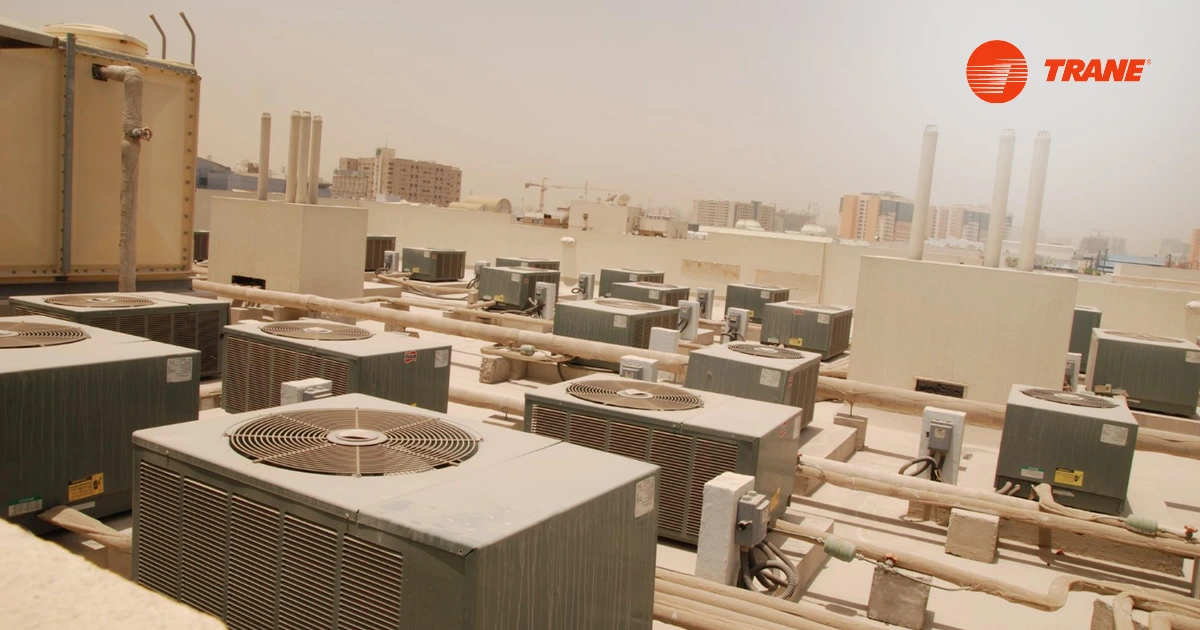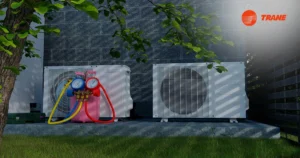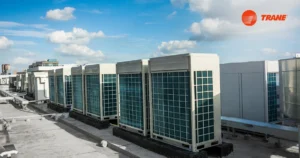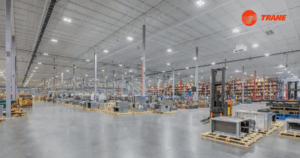The UAE’s soaring summer temperatures, often exceeding 45°C, create immense challenges for businesses when it comes to efficient cooling. To tackle these demands, many enterprises are turning to a district cooling system, a centralized solution that provides sustainable, cost-effective cooling across multiple buildings. This approach not only reduces energy consumption but also supports the UAE’s commitment to environmental sustainability.
The Rising Cooling Demand in the UAE
The rapid growth of urban infrastructure, hospitality hubs, and industrial zones has significantly increased cooling requirements in the Emirates. Commercial spaces, from luxury hotels in Dubai to corporate offices in Abu Dhabi, operate in a climate that demands reliable and uninterrupted cooling. Traditional air-conditioning systems often lead to high energy bills and maintenance costs, making them less viable for large-scale applications.
How Centralized Cooling Systems Solve Efficiency Challenges
Unlike conventional units, centralized systems optimize energy usage by distributing chilled water to multiple buildings through an insulated underground network. This model eliminates the need for individual chillers, reducing both operational complexity and long-term expenses. For large real estate developments, shopping malls, and healthcare facilities, centralized cooling provides exceptional efficiency without compromising comfort.
The Role of Heating Rental in Seasonal Flexibility
Although the UAE is known for its heat, certain industries require temperature control even during cooler months. Here, heating rental services play a critical role in supporting operations like construction, oil and gas, and event management. By leveraging temporary heating solutions, businesses can maintain consistent productivity and safeguard sensitive equipment, regardless of seasonal fluctuations.
Key Benefits of District Cooling for Businesses
A centralized cooling solution delivers more than just temperature control. Its advantages include:
- Energy Efficiency: By consolidating cooling resources, energy consumption can be reduced by up to 40 percent.
- Cost Savings: Lower power usage translates to reduced operational costs, making it a financially sound investment.
- Sustainability: Aligning with the UAE’s Net Zero by 2050 initiative, district cooling significantly minimizes carbon emissions.
- Operational Reliability: Businesses enjoy uninterrupted service, critical for sectors like healthcare, data centers, and manufacturing.
Industry Applications and Real-World Examples
District cooling has become the backbone of cooling infrastructure for some of the UAE’s most iconic projects. For instance, large-scale developments such as Downtown Dubai and Yas Island rely on centralized systems to ensure consistent comfort and sustainability. Industrial facilities, including petrochemical plants and logistics hubs, also benefit from these systems by maintaining strict temperature control, essential for product integrity and safety.
The Strategic Advantage for UAE Businesses
Investing in centralized cooling solutions offers businesses a competitive edge. Reduced operational expenses, improved environmental compliance, and enhanced system reliability position companies for long-term success. Additionally, with the UAE being a hub for tourism, events, and trade, ensuring guest and client comfort is non-negotiable for brand reputation.
Conclusion
As the UAE continues to experience economic growth and infrastructural development, the need for efficient and sustainable cooling solutions becomes more critical than ever. Businesses that adopt innovative approaches can safeguard operational efficiency, cut costs, and strengthen their sustainability credentials. For sectors requiring precise climate control in manufacturing or energy production, process cooling is an equally vital consideration.




